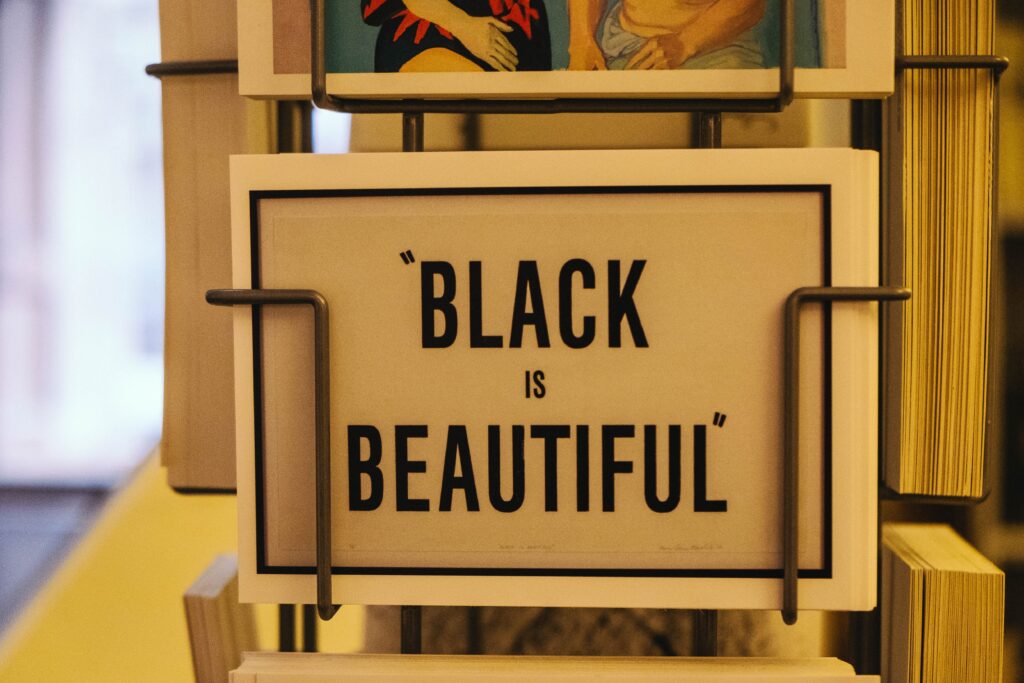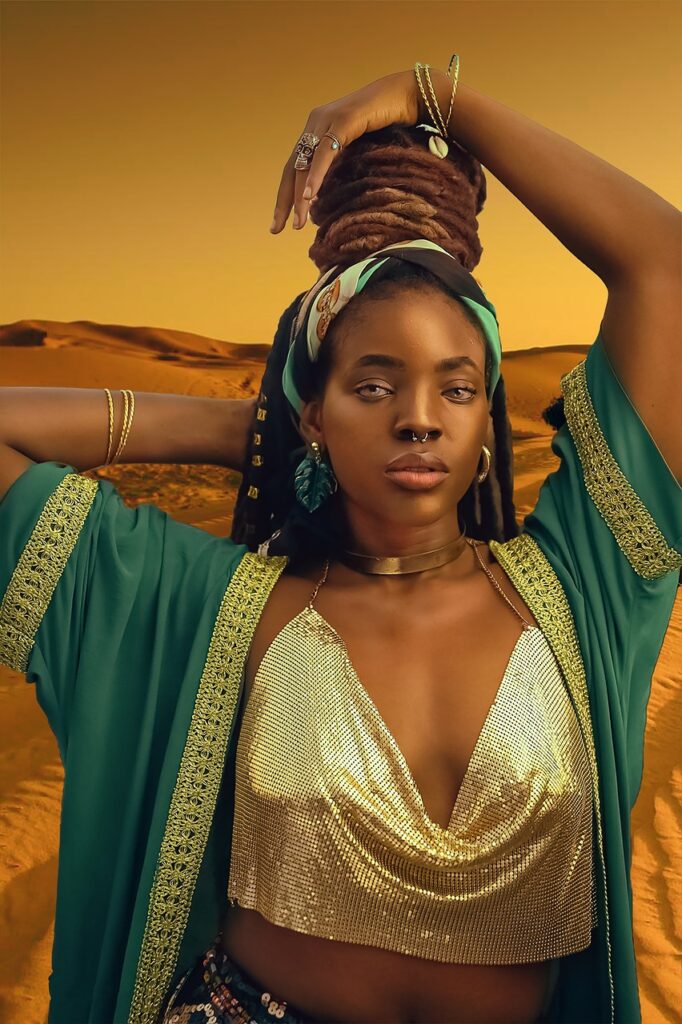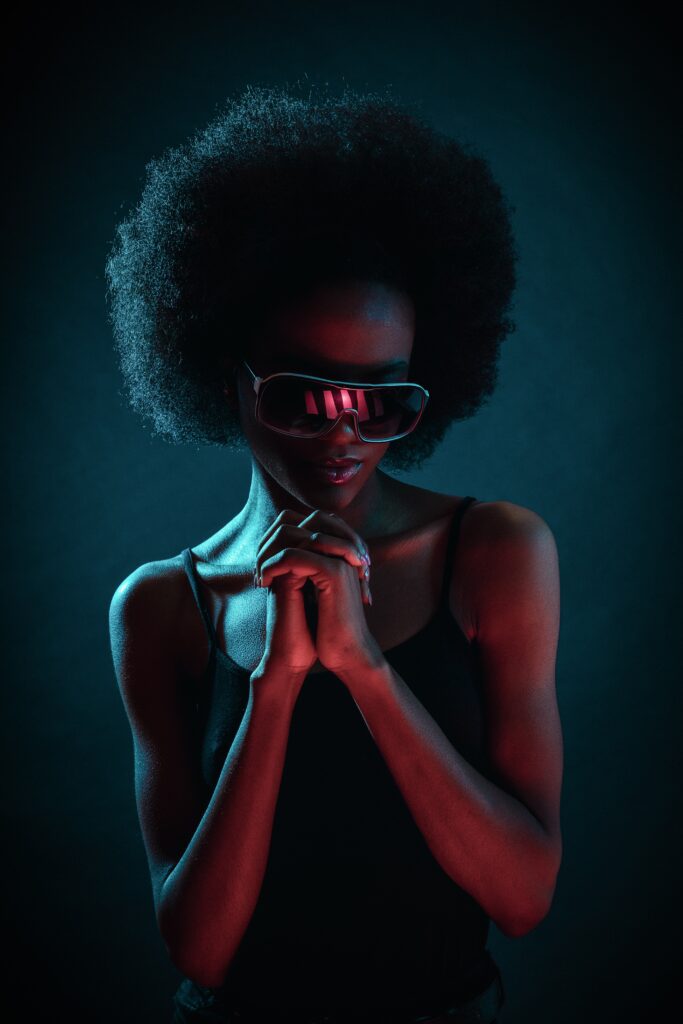By: Priscilla Wiredu
Black history is not solely recognized for its innovation or how many inventions are accredited by Black inventors, meaningful to society. It is a prime example of confidence, resilience, and a drive to achieve success. One of the most important aspects of Black history is the praise and awareness of self-love. Black people have had to uphold principles of admiration and self-worth to undo the discriminatory injustices held over their livelihood and reputation.
When speaking on Black pride, individuals always remember the famous mantra: “Black is Beautiful.”
The Cultural Movement
Black is Beautiful is more than a quote that encourages the Black community to love themselves and their melanated skin. It started as a cultural movement that began in the 1960s, in America among the fight for equal human rights and Black representation within institutions.
In 1962, the movement gained popularity when a nightclub in Harlem known as the Purple Manor was hosting a fashion show called Naturally ‘62. Organized by the African Jazz-Art Society and Studios (AJASS) famed photographer Kwame Brathwaite photographed Black models who rebelled against Western beauty standards.
These models expressed their culture and heritage in their most natural self by wearing their hair in afros, as they walked down the aisle wearing traditional clothing. The show was a success that left a profound impact and garnered an encore performance the next night. Soon, it would be recognized as the start of a powerful cultural movement known as Black is Beautiful.

Timeline
The Naturally ‘62 models were labelled as the Grandassa Models. This name originated from the word ‘Grandassaland,’ a term Black nationalist Carlos Cooks referred to as Africa.
What made this fashion show successful was not only the display of Black women, but how these models were hard working women, educators, friends, activists, and homeowners, who took pride and ownership in their Afrocentric self despite social pressure to conform to Western beauty ideals.
The positive feedback of the fashion show enabled Black is Beautiful to become a lucrative theme of its kind. Black is Beautiful was marketed almost immediately, with people claiming that they saw something different that they had never seen before. This was Black people unapologetically admiring their skin and exuding Black beauty for Western society to see.
The years following brought greater awareness to the movement as Black is Beautiful was recognized among other cities around the country. Kwame Brathwaite was known for helping the movement gain momentum, as his unique photographs captured the evolution and essence of Black beauty and glory in a natural lens.

Black is Beautiful is an influential movement that focuses on Black consciousness and the Black Arts movement. However, there was not much support towards Naturally ‘62 when it first debuted. Despite the ongoing militant reform coupled with the civil rights movement, many Black nationalists preferred Black women to possess westernized facial and body features including straight hair, light skin, and a thin body type.
Despite this unrealistic expectation, some Activists, such as Abbey Lincoln and Max Roach helped garner attention to the fashion show. This led to increased popularity of the message. Soon after, the Grandassas models appeared on jazz album covers, campaigns for African and Caribbean magazines, and a special feature in an exhibition by the late Brathwaite at the New York Historical Society Museum and Library.
The Impact
Feminist Sociologist Dr. Meeta Rani Jha illustrated in her book The Global Beauty Industry: Colorism, Racism, and the National Body about how the Black is Beautiful movement was an anti-racist challenge to the dominant White beauty, therefore destabilizing its cultural power.
The philosophy behind Black is Beautiful is not only focused on self-love and confidence, but also on emotional and mental well-being. By affirming natural Afro hairstyles and dark skin tones, the Black is Beautiful movement addressed many important aspects of Black identity that are known to this day.

Pride and Power
African Americans took on these styles to connect to African culture and heritage. Ancient African grooming tools such as the Afro pick were redesigned to encourage Black pride and political/cultural adherence to the Black Power movement.
A Cultural Revolution
The Black is Beautiful movement also demonstrated itself in the arts, with Black writers using their creativity to support and birth a new Black cultural revolution. Black scholars urged Black Americans to reconnect to African countries, whether it was studying popular languages including Swahili, or reading African literature.
Icons of the Black Arts Movement
Quite possibly the most remarkable part of the Black is Beautiful movement is the Black celebrities who participated within the movement. Arts Activist Amiri Baraka founded the Black Arts Repertory Theatre School in Harlem and the Spirit House in Newark, New Jersey. His initiatives to encourage Black pride inspired other Black arts organizations across the East Coast, which helped the national movement gain greater awareness and knowledge among citizens.
To this day, Black celebrities have made an attempt to contribute and remember Black is Beautiful. Some include Muhammad Ali, Oprah Winfrey, Alicia Keys and Rihanna. Many products and additional movements have been created to inspire Black pride and success for the Black youth and future generations.
“Black is Beautiful was my directive. It was a time when people were protesting injustices related to race, class, and human rights around the globe. I focused on my craft so that I could use my gift to inspire thought, relay ideas, and tell stories about our struggle, our work, and our liberation.” – Photojournalist and Activist Kwame Brathwaite.
Priscilla Wiredu is a writer for this year’s Black Voice project. An alumni of York University, she graduated with Honors where she studied Social Sciences. She then went on to get an Ontario Graduate certificate in Creative Writing from the Humber School for Writers, and a college certificate in Legal Office Administration at Seneca College. She is currently studying for the LSAT in hopes of going to law school. Her main goal as a Black Voices writer is to ensure Black issues and Black Pride are enunciated through her works.

